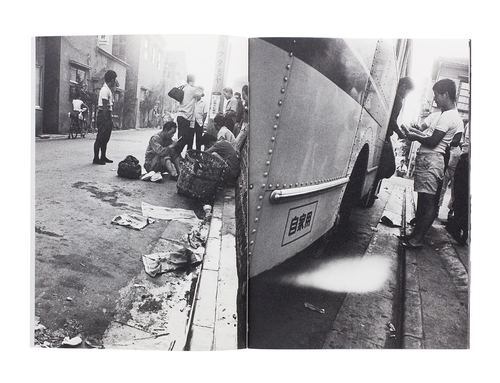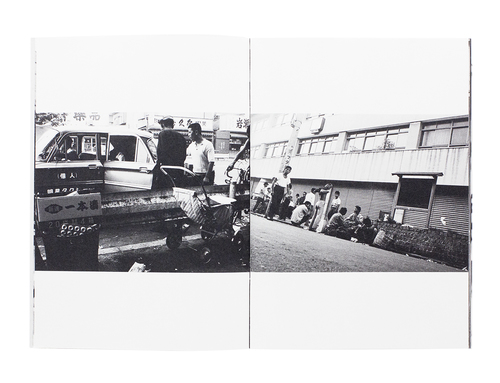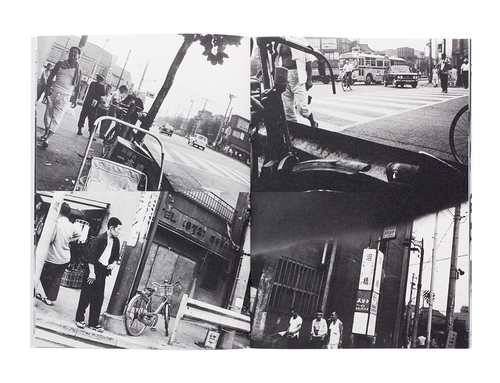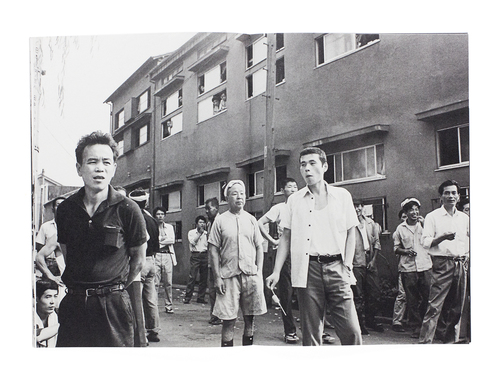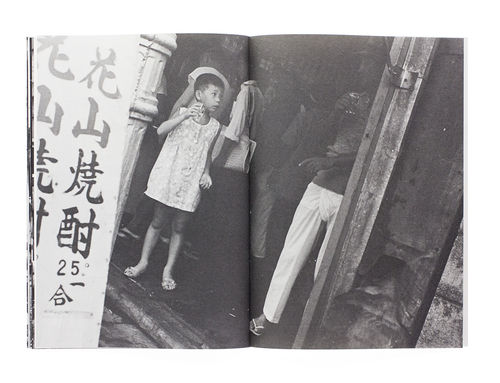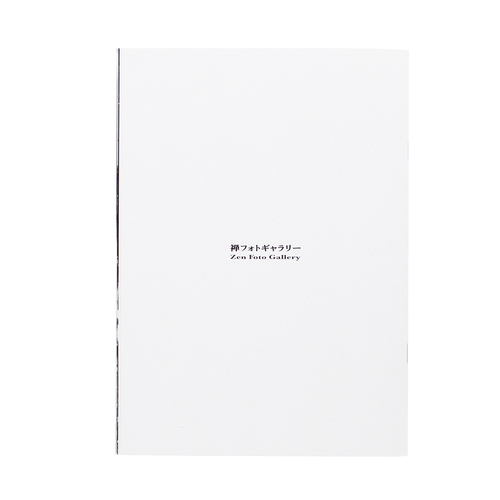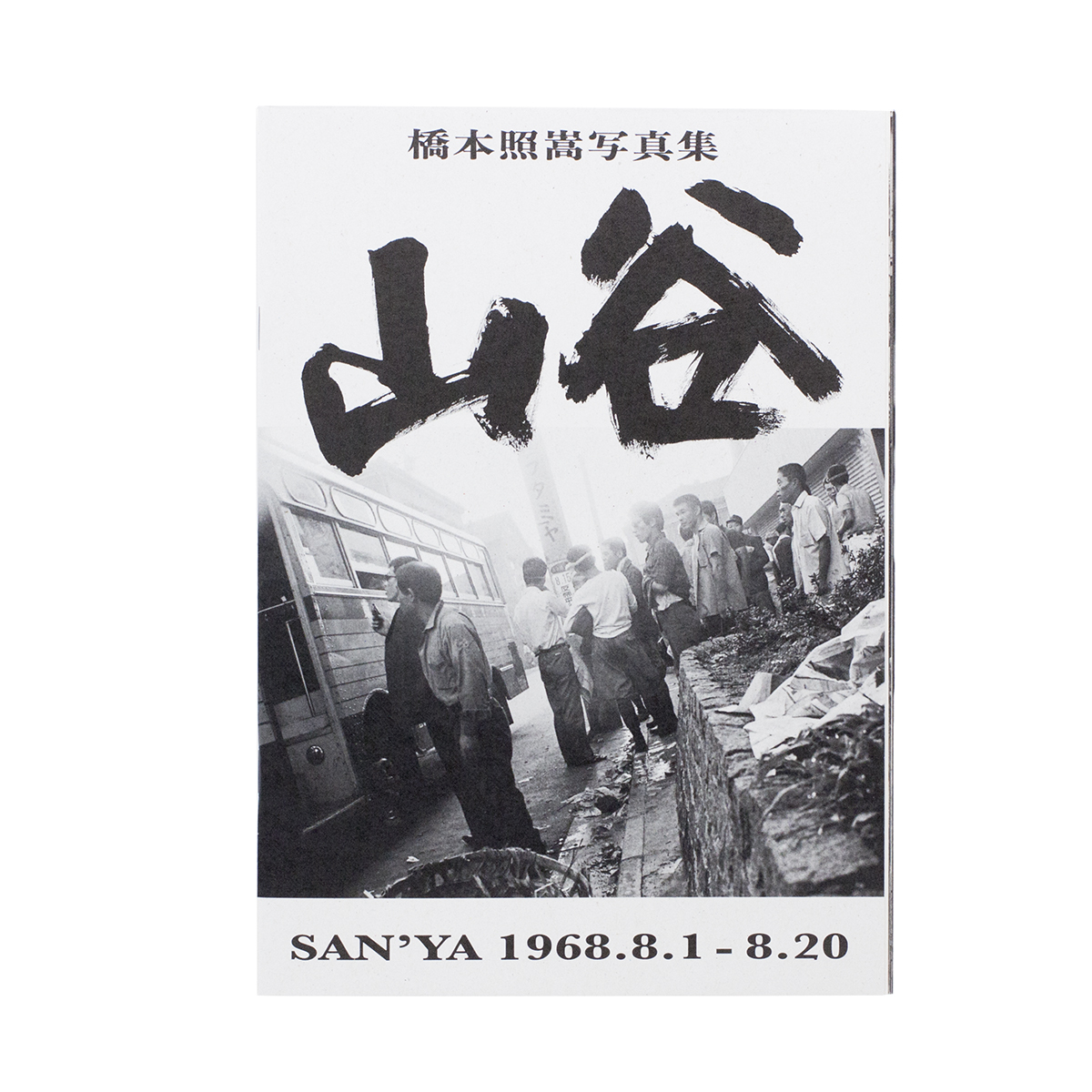
SAN'YA 1968.8.1 - 8.20
I used to commute as a day laborer to San'ya from my small 6-tatami-mat room apartment in Kōenji by taking the earliest train in the morning. I wanted to photograph San'ya. People leaning on the guardrails, gathering together to gamble, stand-up restaurants, people getting employed on the spot with pre-paid cash bills, hostels - It was extremely difficult to do the shooting, because people there easily get disturbed by being intervened. So I secretly photographed them by placing my camera in a paper bag with a hole cut opened.
— Shoko Hashimoto
Shoko Hashimoto is best known for his photographs taken in his native Tohoku and other parts of rural Japan. But when he first came to live in Tokyo in the 1960s as a young man, he lived for some periods in Sanya and worked there as one of the casual day labourers. Later on, he went back to Sanya to take photographs.
— Mark Pearson
A tribute to the Showa-era photobook style, "SAN'YA 1968.8.1 - 8.20" presents Shoko Hashimoto's photographs from 50 years ago on textured, coarse papers with compact bookbinding.
$15.67
- Book Size
- 257 x 182 mm
- Pages
- 44 pages
- Binding
- Softcover
- Publication Date
- 2017
- Language
- English, Japanese
- ISBN
- 978-4-905453-54-3


